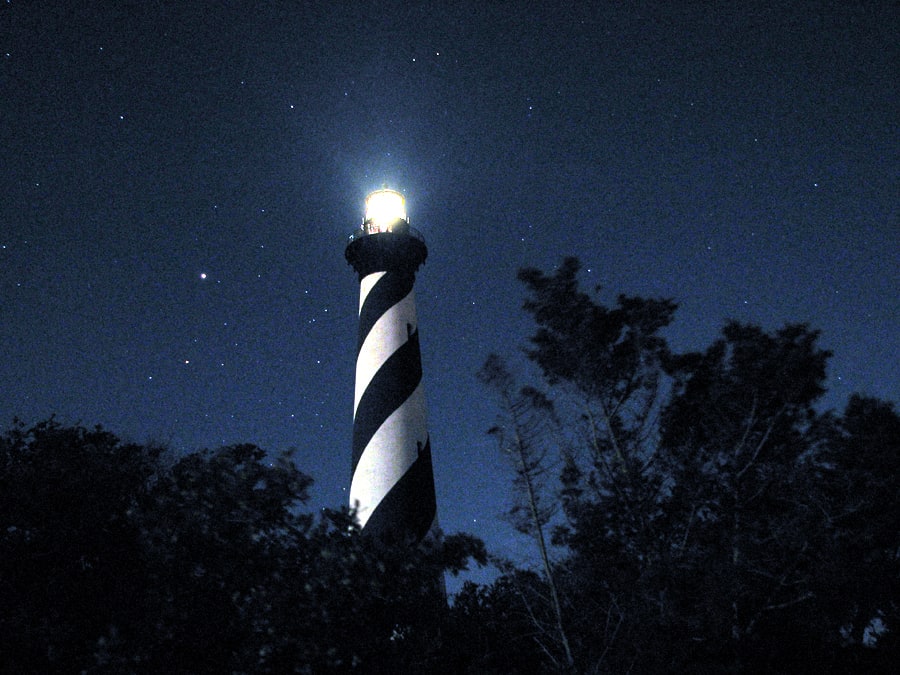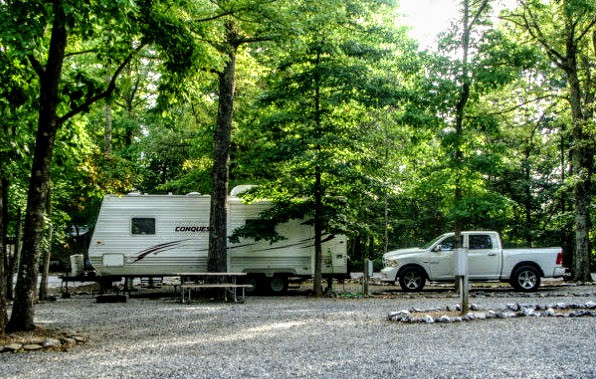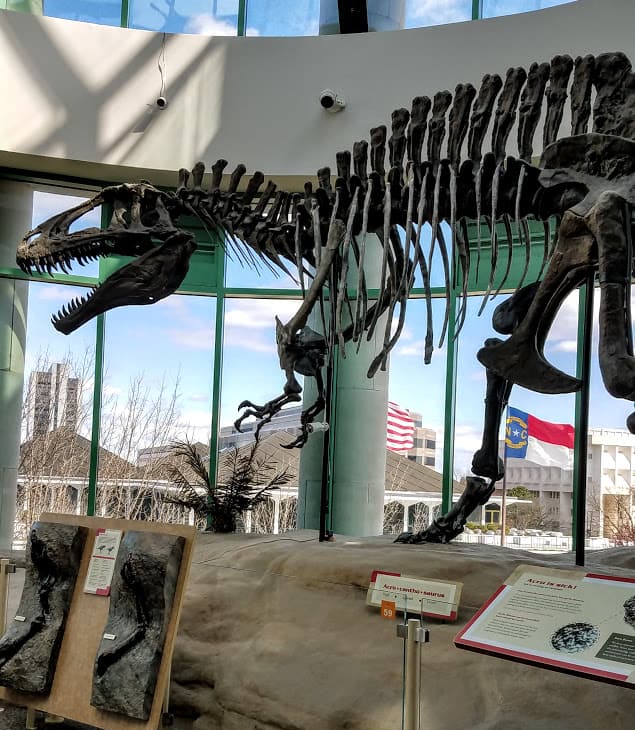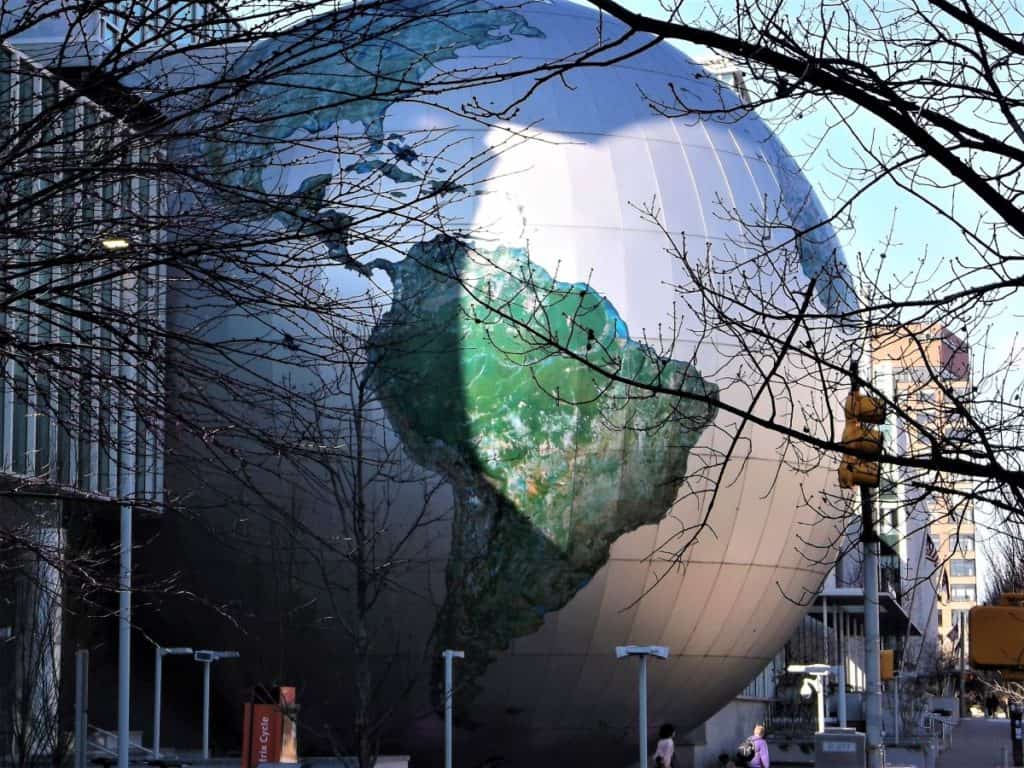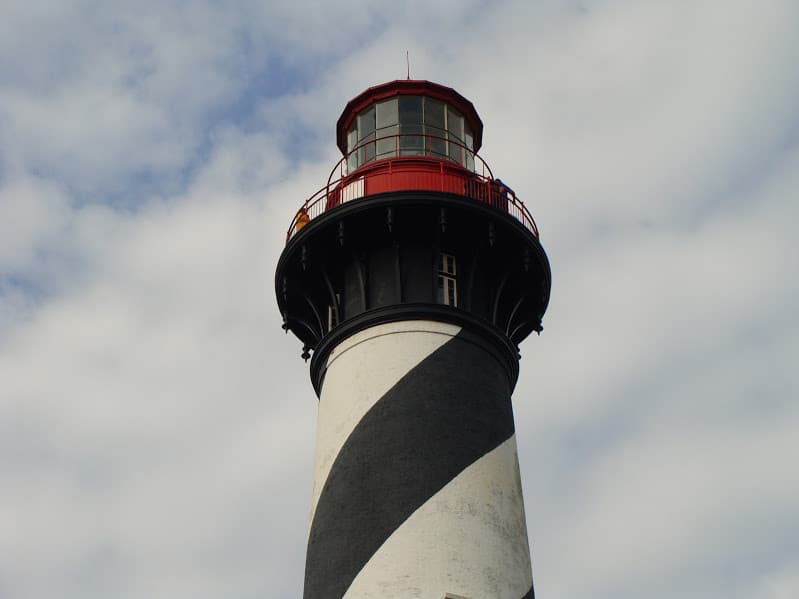Lighthouses of The Outer Banks
Lighthouse Series- North Carolina
"Tonight wandering sailors pale with fears,
Wide over the watery waste a light appears,
On the far-seen mountain blazing high,
Streams from lonely watchtower to the sky".
(from Homer's Odyssey)
The Outer Banks of North Carolina
I want to give you a brief background about the Outer Banks, which lie off the coast of North Carolina. The Outer Banks is a 200-mile long string of sandy barrier islands about 70 miles from the mainland. The currents that built the islands also tend to push ships too close to them, which has resulted in disaster for at least 2,300 major vessels, giving this area the nickname, “Graveyard of the Atlantic”. You can visit a museum showing artifacts from these shipwrecks at Hatteras, North Carolina. Museum
A 70 mile stretch of the Outer Banks, from Bodie Island to Ocracoke Island, is also known as the Cape Hatteras National Seashore and is managed by the National Park Service. The Outer Banks is an absolutely amazing and beautiful area of my state! If you like lighthouses, I think you should add this to your “bucket list”.
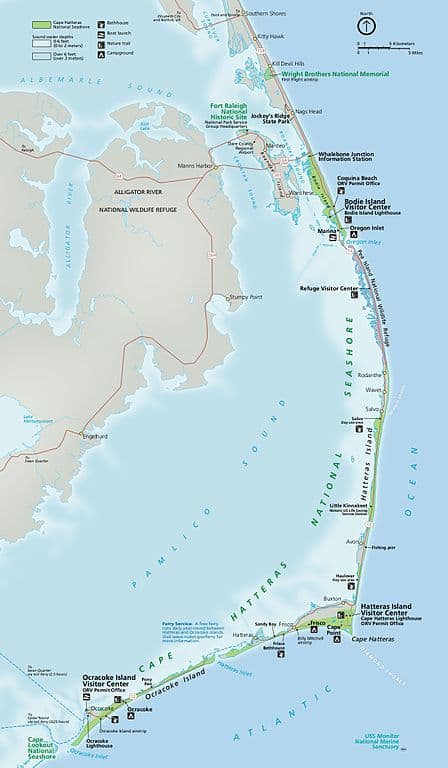
Outer Banks Lighthouses
North Carolina had a total of 23 lighthouses at one time. Many of those lighthouses have been destroyed or demolished. Today there are seven lighthouses still standing, five of which are on the Outer Banks of North Carolina.
- Currituck Beach Light
- Bodie Island Light
- Cape Hatteras Light
- Ocracoke Light
- Cape Lookout Light
…
Lighthouses of The Outer Banks Read More »

